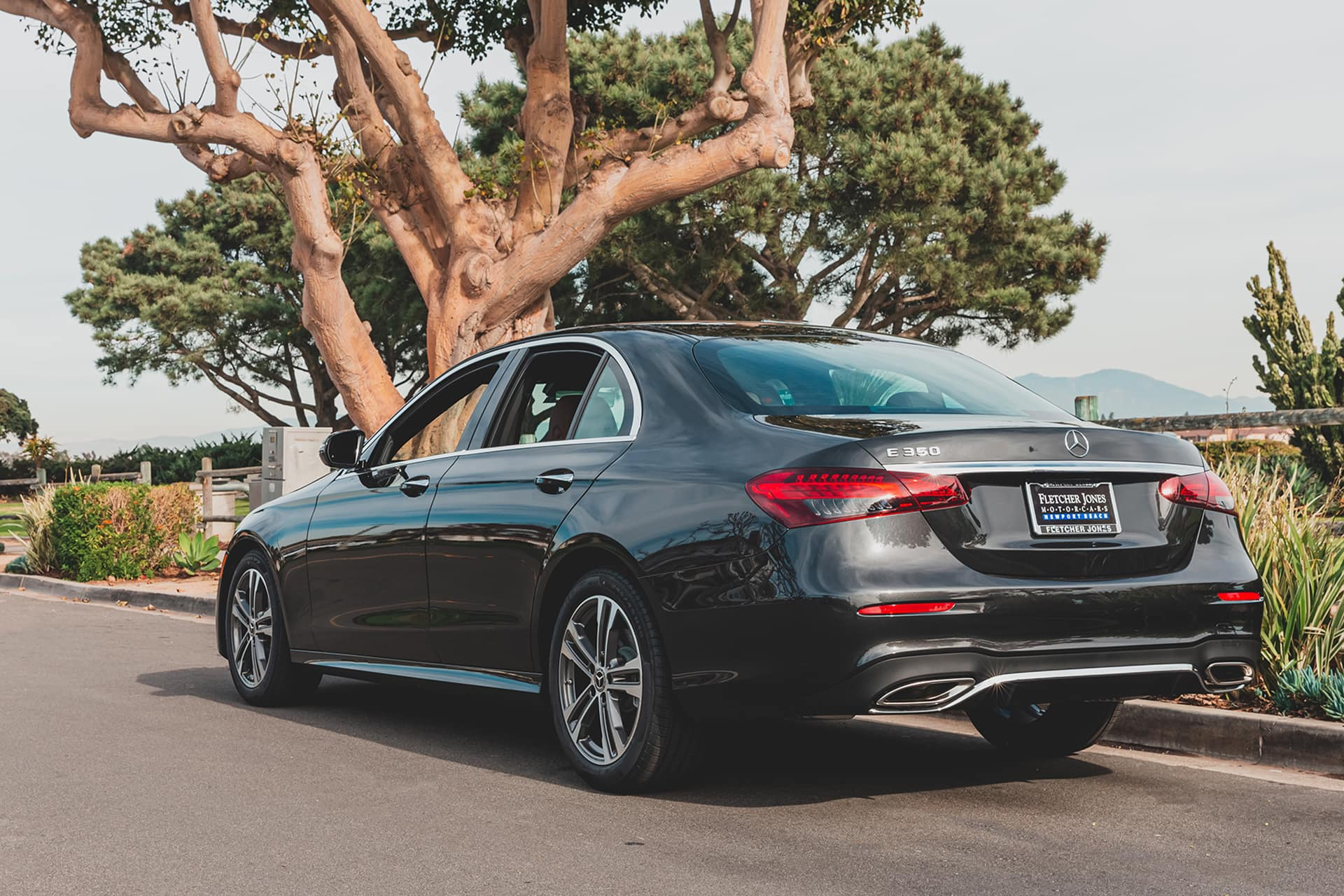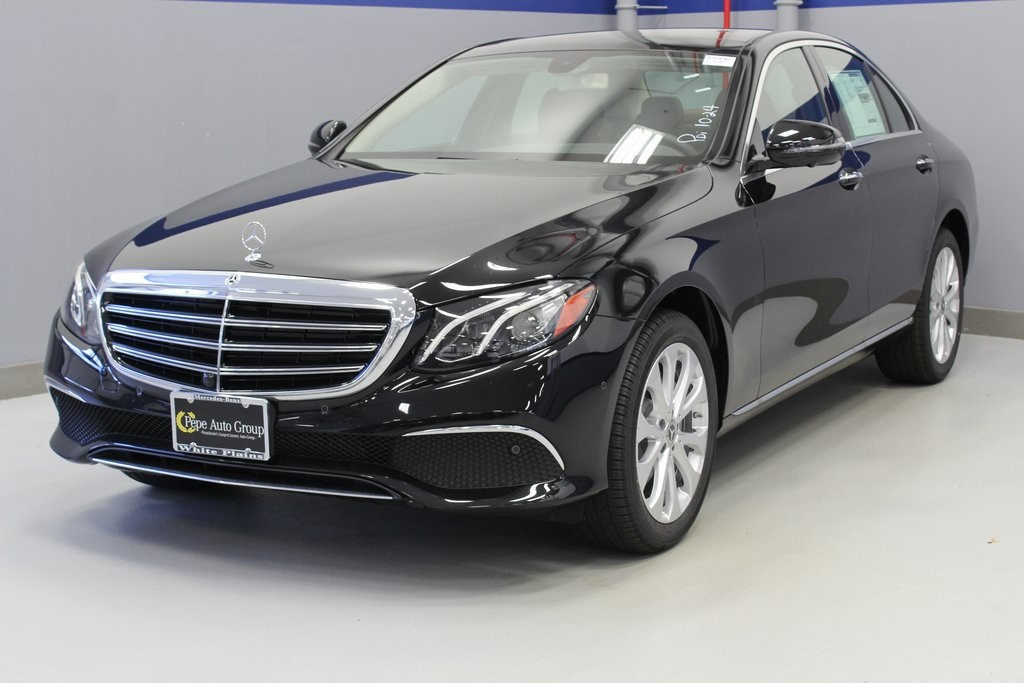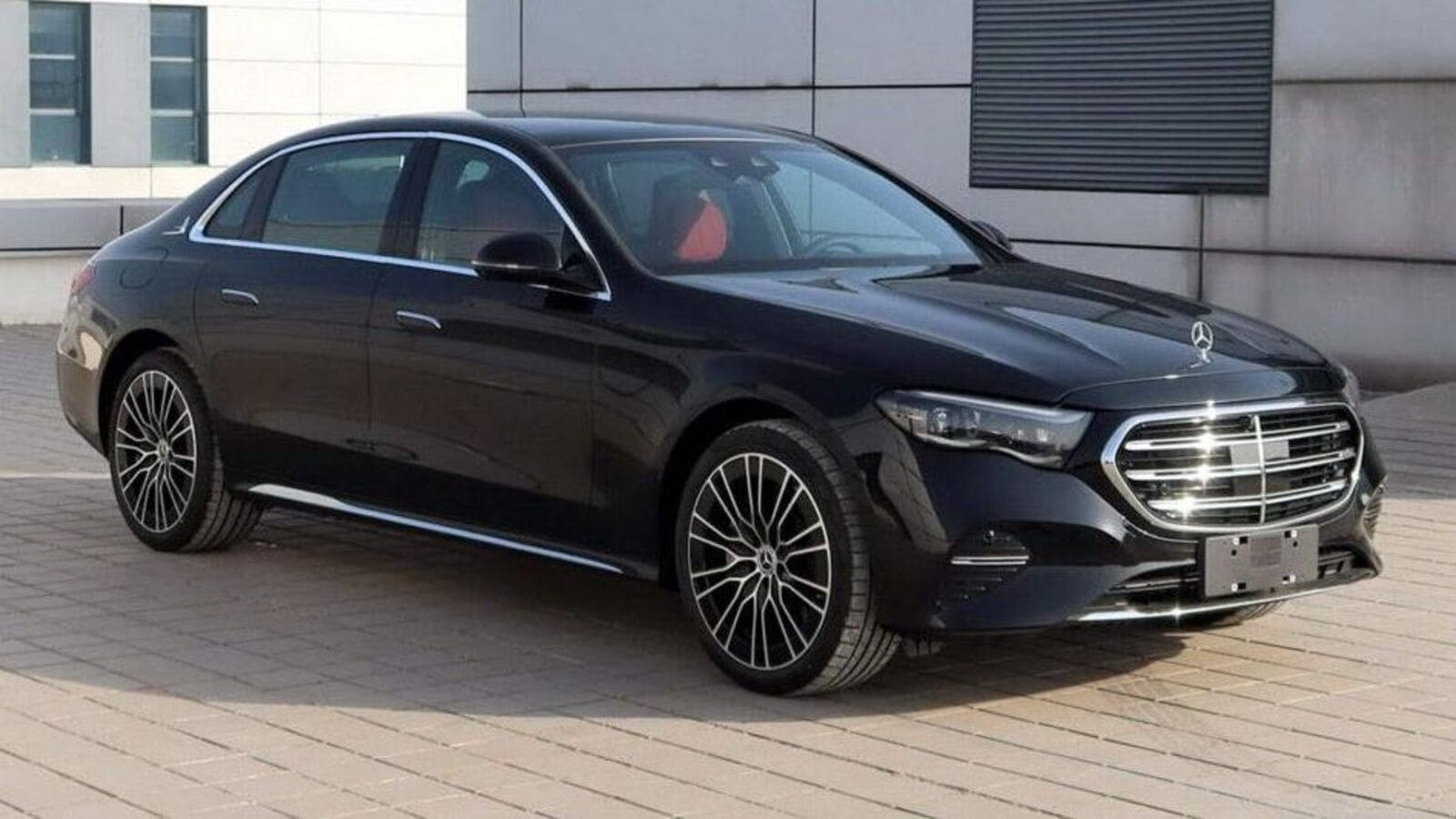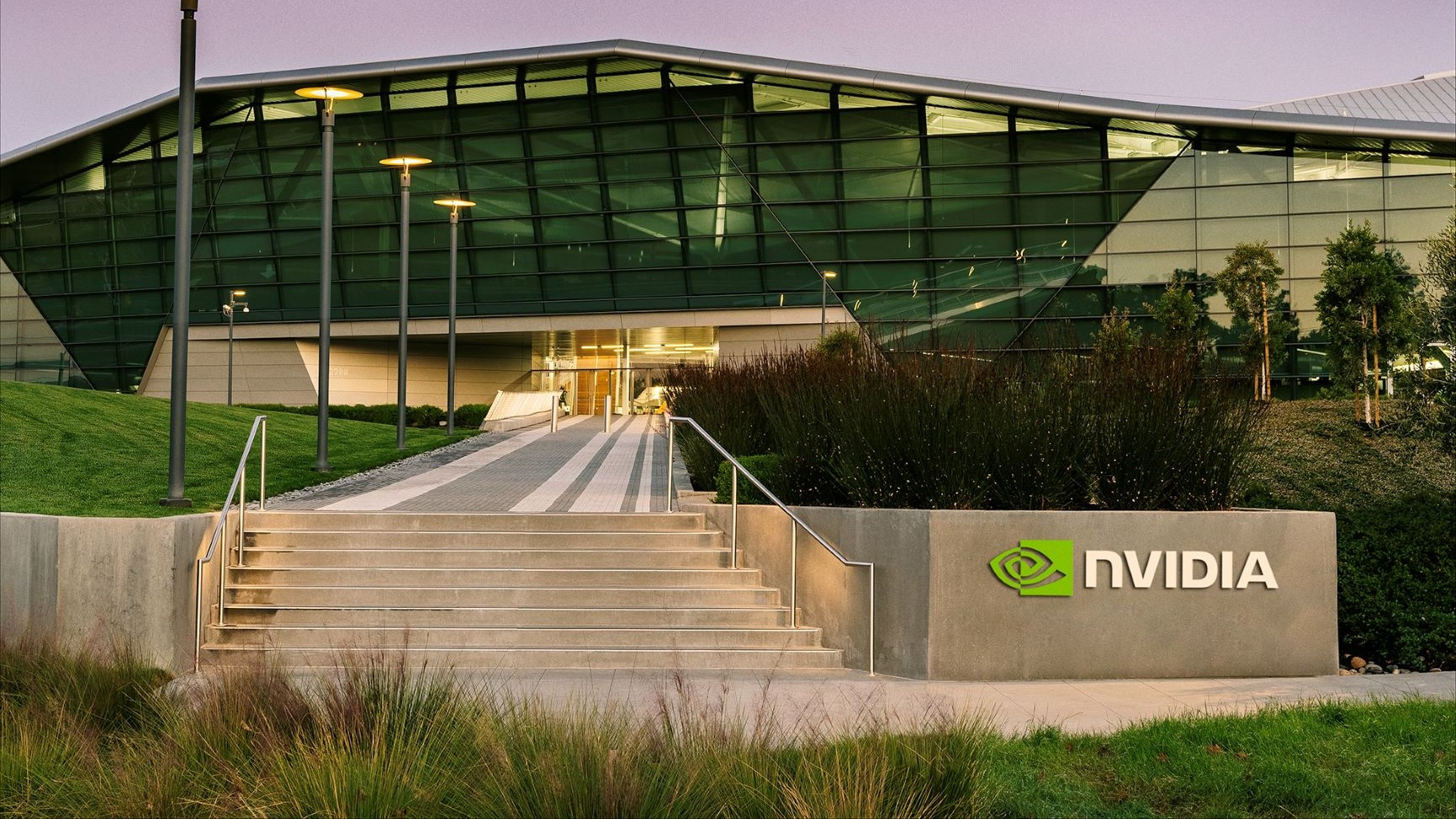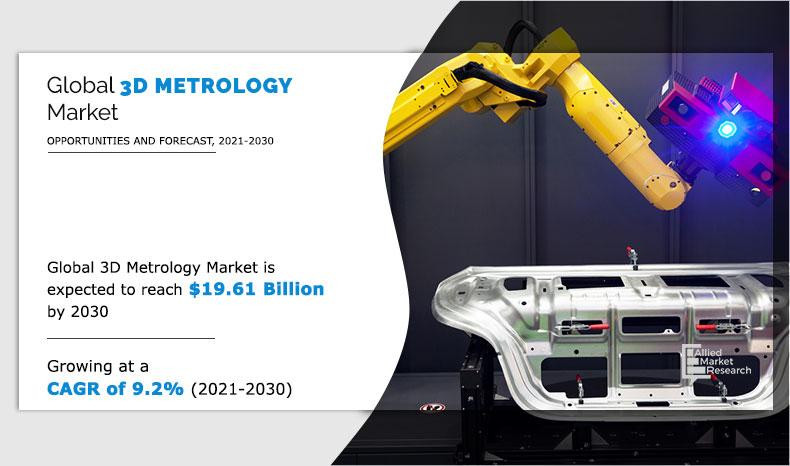For the longest time - well before the turn of the century - this car stood out like a beacon in the motoring world. Mercedes-Benz's E-Class executive sedan was the car most other brands would like to be. A champion of engineering, luxury, technology and, perhaps most of all, showroom credibility. If your luxury sedan had the classic three-points sitting proud at the front of the bonnet, you had made it.
For at least 20 years, the E-Class and BMW's equally desirable 5-Series split the prestige sedan segment between them. Mercedes started making mid-sized luxury sedans in 1953 with the W120 model. It wasn't until 1993 that the "E" nomenclature came into play and it's still a powerful brand. Benz has sold more than 16 millions of these models in 70-odd years.
The Benz had the longest and most envious of reputations while the BMW was the challenger model - sportier, more adventurous and beloved by those who wanted to be seen as youthful and athletic.
But both of these models have, to a surprising degree, slowly fallen out of favour with their rusted-on, loyal and loving buyers. It's not that these two highly desired and admired machines had dropped the ball. Moreover, it's because the market has undergone a quantum change.
The first real challenge to the E-Class and 5-Series was "friendly fire" from within - the growing number of SUV models now dominating European dealerships which have replaced the sedans in the hearts and minds of a growing number of buyers. The allure? Buyers, primarily female, preferring the high-riding seating position of these big machines, but also, in the case of the Benz and BMW players, the practicality and space inherent in the luxury SUV market. That was earthquake number one.
The second sign of the apocalypse was in many ways just as predictable as the first - only this time the arrival of electricity as the main automotive fuel source has moved the needle. Designers have suddenly found themselves with clean sheets and massive investment dollars on hand. Which has made the executive sedan obsolete. Almost.
Germany's big two are boxing on - if for no other reason that these cars have been so good for so long buyers are loathe to make a change. No doubt they will - but in the meantime we have the good fortune to have new generations of the 5-Series and E-Class making their way into dealerships.
Tested is the new sixth generation E300 - unmistakably from the same gene pool as other cars to wear that badge - and utilising one of the smallest and most economical engines used in this big sedan.
If first looks are reliable, this is a staggeringly beautiful piece of automotive design. Long and low and lithe, it is different enough from the previous generation model but the DNA of the recently retired model is unmistakeable. The big changes have mostly occurred beneath the bonnet and inside that plush-looking interior, where an engine of just two litres capacity, boosted by a turbocharger and a "mild hybrid" system to improve performance and trim thirst and emissions. It is the only engine on offer in the E-Class - a four-cylinder that benefits from an additional 17kw of electric hybrid boost and 205Nm of torque - resulting in 190kW source of power and 400Nm of torque to haul the Stuttgart stallion around effortlessly.
Technology has, of course, remained a key part of this upgraded model and this car is absolutely no exception. This time it's about electronics, with three video screens, one replacing the instrument panel, the biggest of them dominating the centre console and the third placed strategically in the passenger's piece of dashboard. Yes, right where the back-seat driver can keep an eye on your speed and other important information. This a called the Superscreen - the centre screen is huge and its task is to keep Benz's MBUX (Mercedes-Benz User Experience) fed with any updates, alerts or commands you might swing its way. It's one of the most "out there" technology options on this car, although it is also equipped with several interior cameras which allow you to take selfies or capture video. How modern!
This cockpit full of electric gizmos and gadgets comes with a price - although perhaps not as eye-watering in years passed at $131,500 (plus on-road costs). Price-wise that makes this the most affordable E-Class and substantially cheaper than the all-electric (EQE) variant.
Issues? There was once or twice what sounded like harshness in both ride and drivetrain, although when cruising at speed it remains every bit the E-Class. It's fair to say NVH (noise, vibration and harshness) remains a key attribute of this car - known as the doyen of smooth, quiet and blissful driving. The other obvious truth is the E remains a very refined and safe place to be.
How's this for an electronic safety suite: active steering assist, active distance assist, active land change assist, active emergency stop, active steering assist and active lane keep. The driver is still encouraged to steer the car when absolutely required to. No doubt self-driving machines are on their way, but for now we're more than happy with this always evolving executive express.




